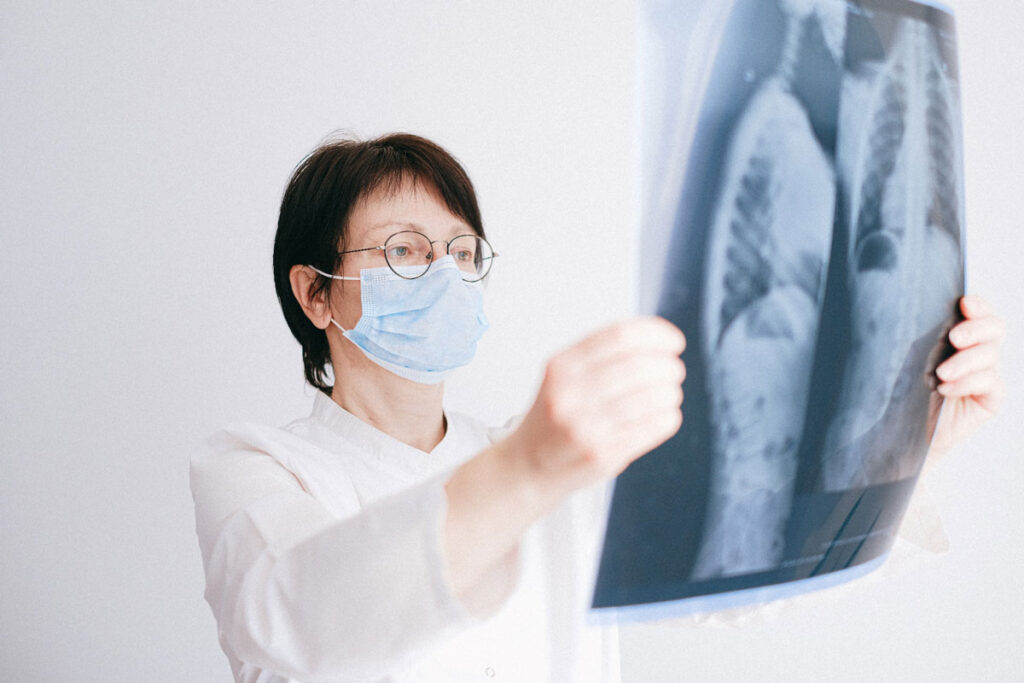
What exactly is COPD?
COPD, a disease that is little known to the public, is nevertheless one of the most common lung diseases worldwide. But what exactly is COPD, also known as chronic obstructive pulmonary disease?
Rehabilitation after a stroke: Time plays the most important role in minimizing the consequences of a stroke. The faster the affected person is helped after the first symptoms appear, the higher the chances of survival and successful rehabilitation after a stroke.
The type of stroke is determined during diagnosis by a specialist in hospital.
There are two different types of stroke: thrombotic occlusion - a blocked blood vessel and an intercerebral hemorrhage, a bleeding in the brain.
A thrombotic occlusion is also known as an ischemic (white) stroke and is the most common type of stroke. It can be caused by vascular calcification (arteriosclerosis) or a blood clot (embolus), for example.
Intercerebral hemorrhage, known as a hemorrhagic (red) stroke, occurs less frequently.
In the acute phase of treatment, the main aim is to limit the damage and try to save the patient's life and protect the brain as much as possible from consequential damage. Subsequent treatment is aimed at restoring the functions of the person affected by the stroke - this usually takes place in the rehabilitation phase.
After the attending physician has checked the patient's vital functions and - if possible - asked about the symptoms that have occurred previously, the neurologist in charge will check the patient's coordination, speech, vision and sense of touch in order to get an idea of the patient's current condition.
This is followed by a CT scan of the head or an MRI (magnetic resonance imaging), both of which provide information about the type of stroke. A CT scan is usually completed by measuring the blood flow (CT perfusion) and imaging the blood vessels (CT angiography).
In addition, electrocardiography (ECG) is performed to examine the function and performance of the heart. The examination is completed by blood tests of the electrolyte balance, kidney values, blood sugar levels, blood coagulation and blood count to confirm the apoplexy.
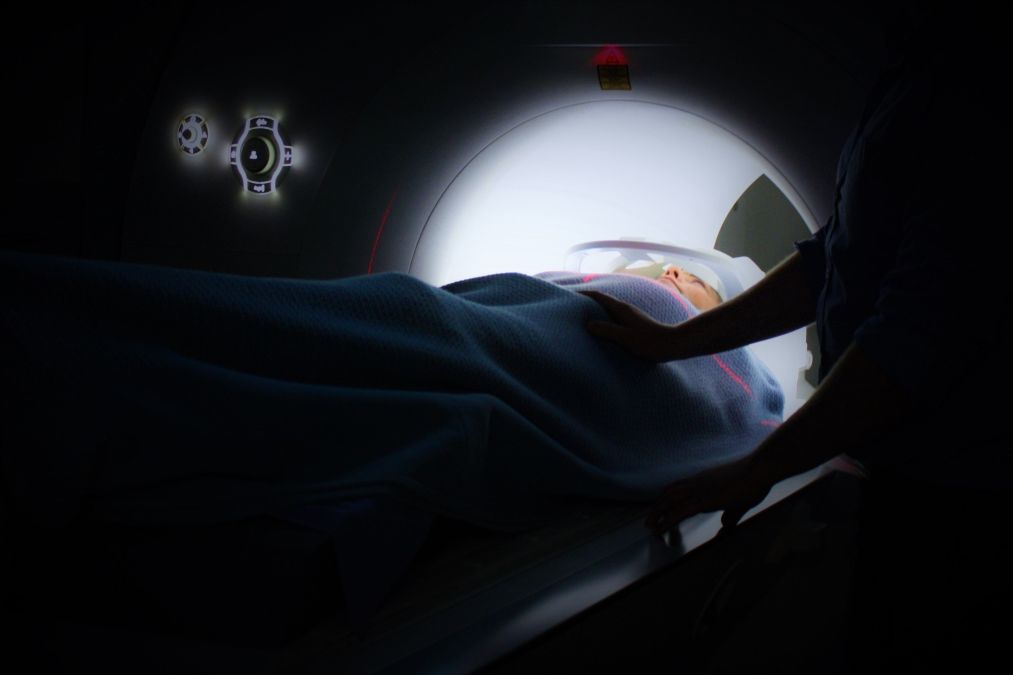
consequential damage as low as possible. Ideally, the affected person is treated by staff with specialist knowledge of strokes in so-called stroke units - a special department for strokes.
The two types of stroke require different treatment methods.
When treating a hemorrhagic stroke that has occurred due to a cerebral hemorrhage, the first step is to evaluate how large the cerebral hemorrhage is. In the case of a smaller cerebral hemorrhage, it is sometimes sufficient to avoid activities that increase the pressure in the head. Larger cerebral hemorrhages require surgery. During the operation, the skull is opened to remove the hematoma (bruise) and stop the bleeding.
There are two possible treatment methods for treating an ischemic stroke. The most important treatment is the so-called lysis therapy (also known as thrombolysis), in which the vascular occlusion is repaired with clot-dissolving medication and the number of dead nerve cells is kept as low as possible. The medication is usually administered by infusion.
Nowadays, the blood clot is also removed by a mechanical procedure. During a thrombectomy, a catheter is guided through an artery to the clot under X-ray monitoring and the clot is then removed with the help of extremely fine instruments.

The last point of treatment is the prevention of new strokes. Once it has been determined what type of stroke it is and what exactly led to the stroke, measures can be taken to prevent the recurrence of an apoplexy. In the treatment of an ischemic stroke caused by a vascular occlusion, blood-thinning medication is usually prescribed. A change in lifestyle also contributes to prevention.
Further information on preventing a stroke.
There are, of course, cases in which the affected person recovers completely from the stroke, but there are also cases in which the affected person remains in need of permanent care and a long rehabilitation period follows. The younger the person is, the greater the chance of suffering a stroke without permanent and serious consequential damage. Nevertheless, every second stroke patient remains in need of care due to the consequential damage and in around two thirds of all cases, the affected person suffers physical damage.
An important part of rehabilitation is early rehabilitation, which contributes significantly to success. This usually takes place in the stroke units and is led by the nursing team, occupational therapists, physiotherapists and speech therapists. Following early rehabilitation, it is evaluated whether rehabilitation is necessary and what type of rehabilitation is required in order to reduce the consequential damage or symptoms of the apoplexy.
In general, it can be said that rehabilitation consists of different procedures. Lost abilities can be relearned by healthy parts of the brain taking over the function of the damaged ones. The side affected by the stroke must not atrophy under any circumstances and the muscles and joints need regular exercise to prevent them from regressing and possibly even regaining their function.
The Federal Working Group (BAR) has created a phase model (Phase A - F), which can be used to divide neurological rehabilitation into different phases:


As mentioned above, early rehabilitation consists of a mixture of occupational therapy, physiotherapy, speech therapy and neuropsychological training.
Occupational therapists are responsible for helping patients find their way in everyday life. They help the patient to live as independently as possible despite the limitations and, taking into account the patient's environment and living situation, the occupational therapist can, for example, train the use of various aids together with the patient. The aim of this training is to enable the patient to carry out as many everyday activities as possible independently again.
Physiotherapists, on the other hand, train the patient's musculoskeletal system. This includes posture, sense of balance, muscle development, coordination and movement sequences, which are trained through a wide variety of treatments and exercises. Physiotherapy attempts to correct poor posture and paralysis in order to counteract secondary conditions such as joint pain. At the same time, the patient also becomes more mobile, active and independent.
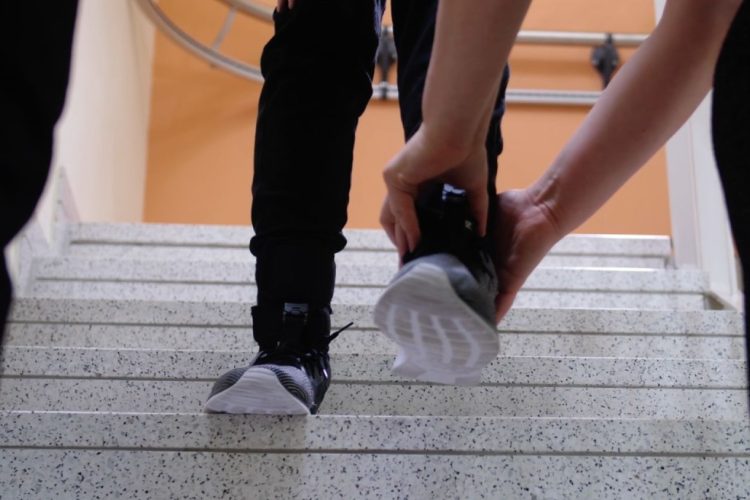
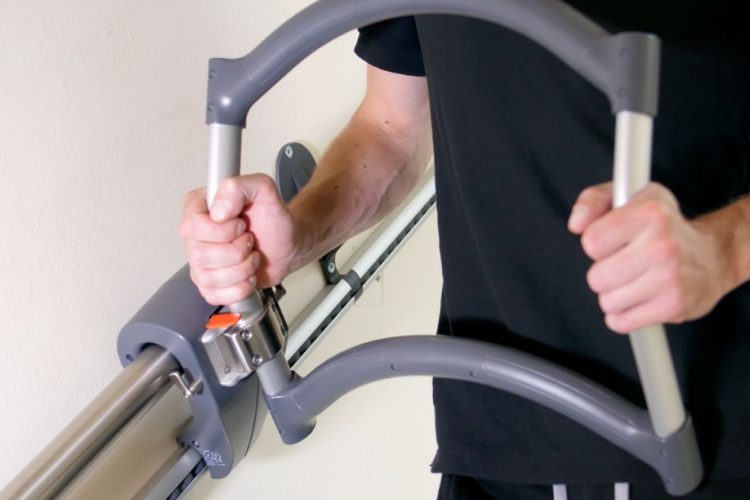
To carry out an on-site inspection and receive a quote, make an appointment with us. Once you have accepted the quote, we will carry out the installation, which usually only takes a few hours. .
TOPRO Step is TÜV-tested and certified and meets all functional and safety requirements.
TOPRO Step is designed so that it can be easily adapted to your staircase. It can be installed on straight stairs, curved stairs and stairs with a landing.
Ask your health insurance company about the possibility of cost coverage or possible subsidies. Please note that these options are country-specific and individual.
TOPRO Step means TOPRO quality. When you buy a TOPRO Step, you receive a guarantee of up to 5 years.
We measure success by satisfied customers, which is our top priority. We already have over 4,000 satisfied users throughout Europe.
Choose your TOPRO Step
Do you have any questions?
Would you like a free and personal consultation? Get in touch with our TOPRO Step experts and book a free, no-obligation appointment directly at your home.

TOPRO Step Expert
+47 902 931 00
Monday - Friday
08:00 - 16:00 o'clock.

TOPRO Step Expert
+47 902 931 00
Monday - Friday
08:00 - 16:00 o'clock.
Do you have any questions or would you like to test the TOPRO Step stair climber?
Would you like to find out more about the financing options for the TOPRO Step?
TOPRO Step

COPD, a disease that is little known to the public, is nevertheless one of the most common lung diseases worldwide. But what exactly is COPD, also known as chronic obstructive pulmonary disease?

With increasing age or for people in need of care, sooner or later the question arises of what happens if you can no longer climb the stairs in your own home independently. Should you wait until the time comes or take the precaution of adapting your living space before it's too late?
Stairlift: Should you think about buying a stairlift? How much does a stairlift cost? Do you want a new or used stairlift?

Find out from your care insurance provider about the possibility of TOPRO Step stair climbing aids for adapting your individual living environment - we will be happy to support you!
Most people would like to grow old in their own home. Often, however, their own four walls are not designed to be barrier-free and this becomes apparent at the latest with increasing age or permanently restricted mobility. Suddenly you are faced with a mountain - your own stairs.

When parents grow old, adult children often find themselves in a situation in which they have to deal with many difficult decisions and questions.
Many people shy away from discussing these issues with their parents and ultimately making the right decisions. Children are often afraid that their parents will not want to acknowledge their own ageing.

Do you need additional support when climbing stairs? Get to know the unique TOPRO Step stair grab bar that offers you safety and support. The TOPRO Step stairgrip consists of a modern and discreet grab rail coupled with a unique, first-class stainless steel handrail system.
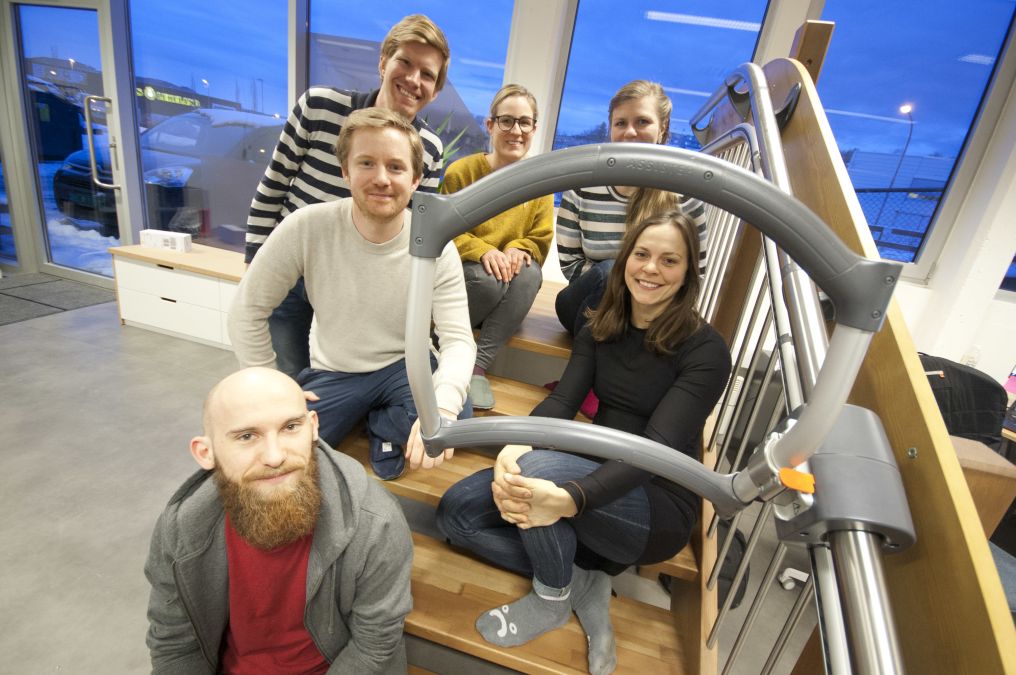
Contents In Norway, around 50 people die every year from falling down stairs. In addition, around 30,000 people require medical assistance after a hip fracture or other injury. These were the hard facts faced by students at the NTNU School of Entrepreneurship (Norwegian University of Science and Technology) in 2012 and 2013. Halvor Wold
Hold down the cmd (Mac) or ctrl (Windows) key and press +/-